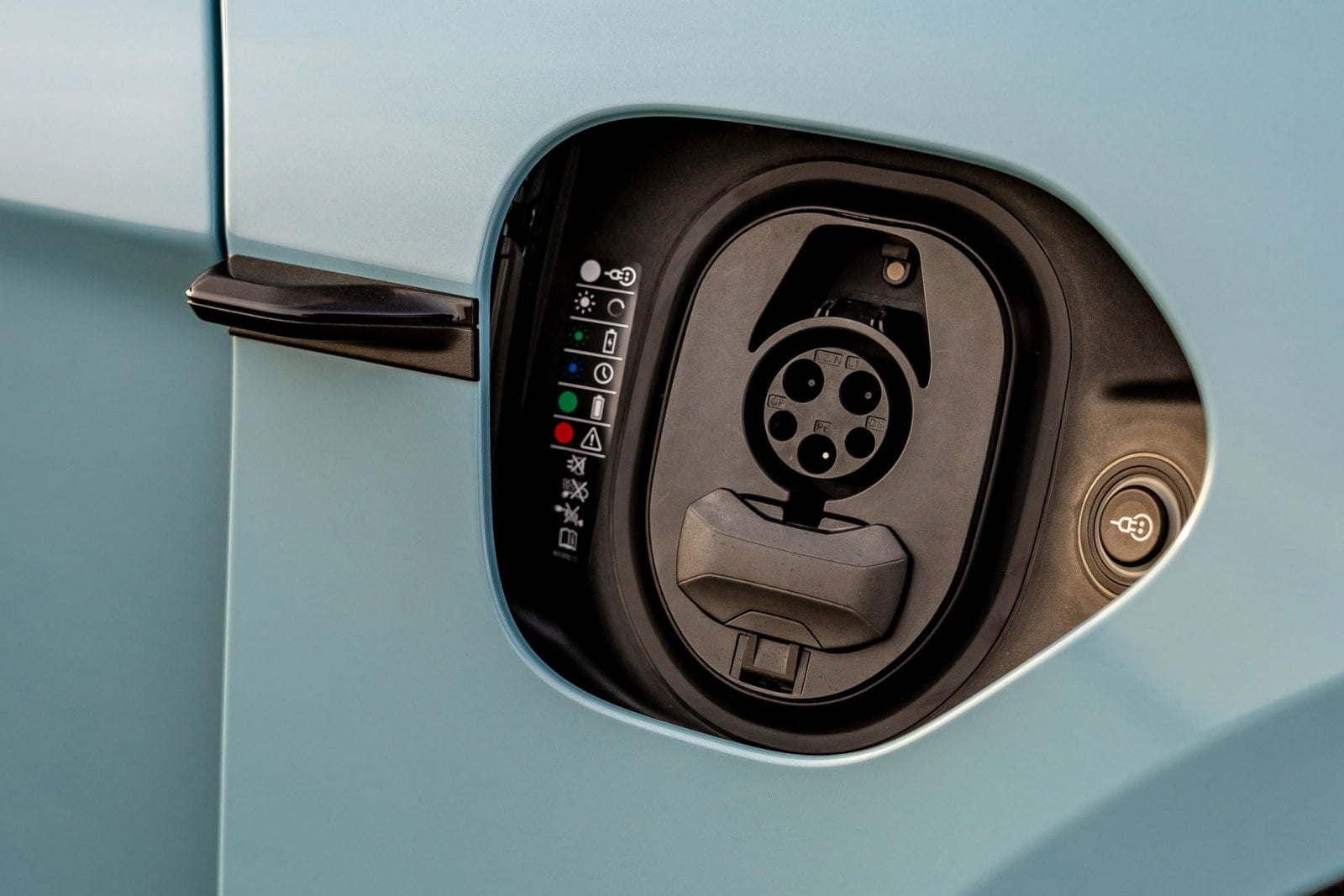woolymammoth17
Member
I read somewhere that Porsche actually does no regen with the accelerator, but applies regen through the brakes only. So when you step on the brakes it goes regen to max and then applies actual brakes when driver is requesting more braking power than regen can provide.
When I first read this I thought "why in the world would they do it that way?" but upon further thought it actually is probably the better way.
Sometimes, especially in slick conditions, high regen is very dangerous. It's like applying the brakes when uncalled for, and it can break your traction loose.
Porsche also did some testing and found that the double losses (slowing down when not needed and then regen'ing that power to then speed up again) is actually worse than no regen on gas pedal at all.
I think this is the way all electric cars should be. It's more complicated (Tesla uses physical brakes and the brake pedal doesn't apply regen directly) but I think it's more efficient and safer this way.
When I first read this I thought "why in the world would they do it that way?" but upon further thought it actually is probably the better way.
Sometimes, especially in slick conditions, high regen is very dangerous. It's like applying the brakes when uncalled for, and it can break your traction loose.
Porsche also did some testing and found that the double losses (slowing down when not needed and then regen'ing that power to then speed up again) is actually worse than no regen on gas pedal at all.
I think this is the way all electric cars should be. It's more complicated (Tesla uses physical brakes and the brake pedal doesn't apply regen directly) but I think it's more efficient and safer this way.



